Put off the funeral arrangements; the incompetent South Australian government has, unintentionally, just given the kiss of life to coal against the growing public perception that the Australian industry was dying. The end of the China boom had caused serious financial problems for several coal mining companies. And the rapid growth of local subsidised renewable energy, prompted by global warming fears, had given a big boost to the global warming anti-coal brigade. ‘The age of coal is over, as the coal industry is finally realising’, trumpeted the Australian Conservation Foundation. But last week South Australia gave a storm-prompted chaotic demonstration of one unwelcome way power generation could achieve zero emissions: simply by not supplying any electricity at all. The Weatherill Labor government’s ideologically-based, excessive, costly pursuit of renewables at the expense of fossil fuels resulted in a worsening of the disadvantage already suffered by local consumers from July’s massively higher power bills (triple Eastern States prices) that had threatened major industrial shut-downs, into a total power supply failure.
Even Australia’s most ‘warmist’ energy company, AGL, which has pledged to close its coal-fired plants by 2050, has slammed the ‘disorderly, hasty transition away from conventional coal fired electricity’ as triggering chaos. While supporting ‘an orderly transition away from carbon-based generation’, the company recognised that, realistically, in view of the dominance of coal-fired electricity, ‘we have to take care of the security of supply of energy’. The likelihood of last week’s chaos in SA was outlined just days before by a Grattan Institute warning that in the event of an outage of the Victorian supply link, ‘the prospect of a regional blackout in SA increases with more [dependence on] wind generation… The intermittent nature of wind, which now generates 40 per cent of SA’s electricity, creates challenges for the price and reliability of power generation… The increased penetration of renewables… can have consequences for the security and stability of the electricity system’. Grattan concludes that state-based renewable targets are likely to drive up power costs ‘for no net environmental benefit’ and seeks a national lower-emissions policy, while acknowledging the impact of replacing coal at $50 per kilowatt hour with gas, wind or solar, at between $80 to $100.
Newly appointed federal Energy Minister Josh Frydenberg is also looking for a national approach from the upcoming Council of Australian Governments after criticising Labor state governments for pursuing ‘unrealistically high renewable energy targets’ that compromise Australia’s energy security and push up prices for consumers. ‘In Victoria, they have a 40 per cent renewable energy target by 2025 when currently they only have 12 per cent generation… In Queensland, they have a 50 per cent renewable energy target by 2030 when they only have about 4.5 per cent of renewable generation currently … We really need to get the states and the commonwealth on the same page… the federal target is 23.5 per cent by 2020’. Frydenberg described as ‘crazy’ Bill Shorten’s 50 per cent renewable energy target by 2030, noting that to achieve it, ‘Labor’s going to need to build 2,000 megawatts of renewable generation each and every year for the next decade… equivalent to ten thousand wind turbines… costing at least $48 billion dollars.’
But whatever the outcome for domestic electricity generation, the Australian coal industry’s future lies in the forecast continuing growth in exports (particularly of steel-making coal) which currently make up more than three quarters of total coal output. This makes coal our second-largest earner after iron ore with Japan taking a third, China a quarter, and South Korea and India about 15 per cent each. Australia has more than a third of a world market forecast by the IEA to rise by 2030 by one billion tonnes. Coal would by then still make up a quarter of world energy demand, despite the growth of alternatives. And IEA expectations that Indian demand for coal will triple by 2040 to overtake China are accompanied by local lawfare attempts to block the massive Adani Galilee basin coal project in Queensland aimed at meeting that market. Despite the greenies, King coal’s reign is far from over.
The post Business/Robbery etc appeared first on The Spectator.
Got something to add? Join the discussion and comment below.
Get 10 issues for just $10
Subscribe to The Spectator Australia today for the next 10 magazine issues, plus full online access, for just $10.
You might disagree with half of it, but you’ll enjoy reading all of it. Try your first month for free, then just $2 a week for the remainder of your first year.

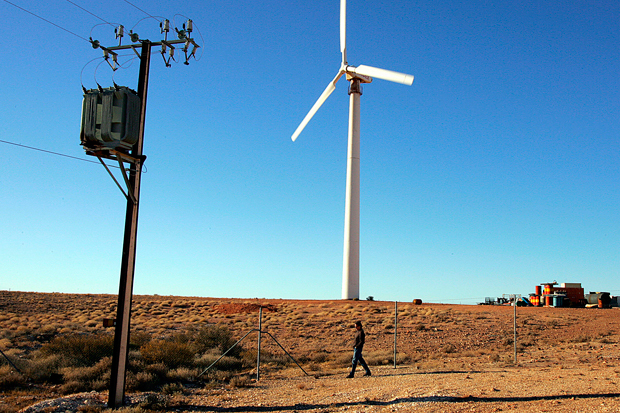

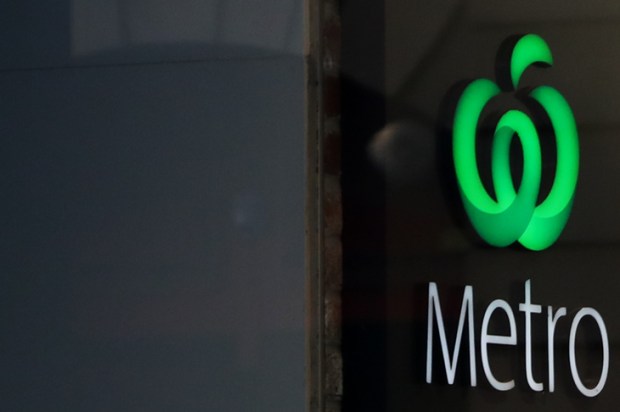
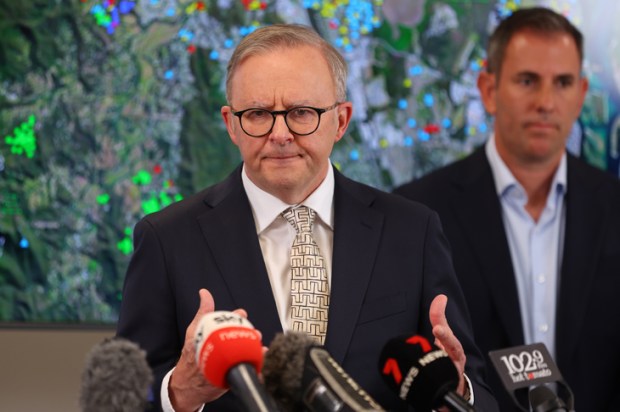
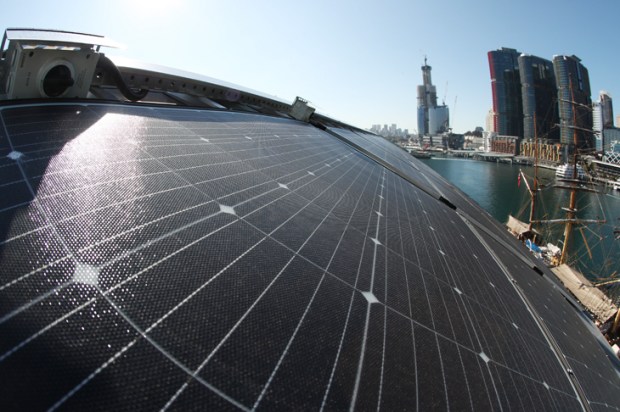

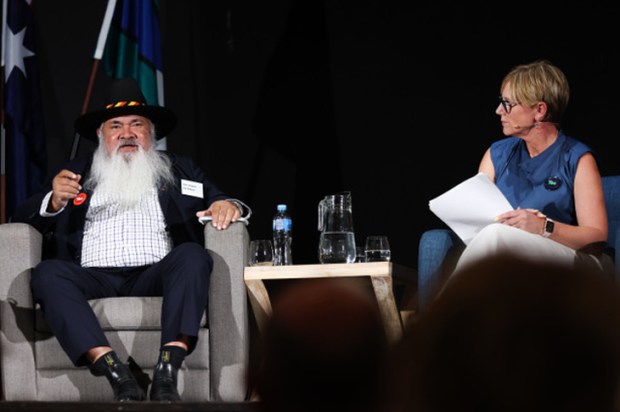






Comments
Don't miss out
Join the conversation with other Spectator Australia readers. Subscribe to leave a comment.
SUBSCRIBEAlready a subscriber? Log in